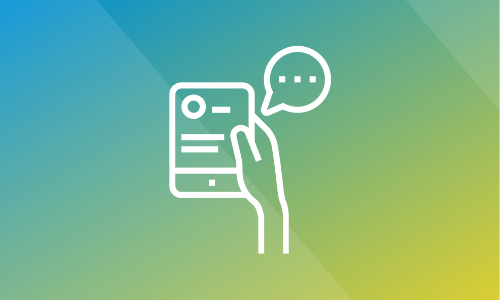Five Tips to Boost Creativity in eLearning
Has this happened to you? You’re tasked with creating a new eLearning project. You’ve done your analysis and you’re ready to start the design process. You pop open your laptop and open the storyboard or outline. You’re ready to accomplish the goal of documenting your design concepts, to make course development easier. But at the moment of truth, you look at your screen in frustration. You’re drawing a blank. Don’t worry, we’ve all been there, and we’re here to share some ideas on how to get those creative juices flowing during the instructional design process.
How to overcome creativity blocks during the design process
Often, we think of creativity as a skillset needed for artists and graphic designers, but eLearning design requires a unique type of creativity. As training professionals, we need to curate rich, engaging media. This requires us to get creative, while still finding effective ways to transfer knowledge and create successful learning materials.
So, what do you do when you open your content outline or content authoring tool and nothing is flowing? Here are some ways that you can overcome your next creativity block:
1. Solve for application of skills:
This is probably the most valuable tip on the list! If you are designing learning materials, one way to get creative is to ensure that your learner is being asked to engage with materials in a way that will truly help them apply skills when they are finished with the course.
Take a look at your content and ask yourself:
- Does the content you’re creating increase the likelihood of a learner applying skills?
- Does the content ask them to demonstrate or practice their new skills?
If we hold ourselves accountable to these application-focused questions, we will begin to think of ways to creatively ask our learners to engage with our learning materials. Whether its interactive components, a video assessment, knowledge checks, or video – solving for application can help you find new ways to ensure learners are practicing their new skills.
2. Try New Things:
Not sure how to proceed with your design? Try experimenting with an interactive component or feature you’ve never used in your Content Author! If you don’t experiment with new tools and features, you could be missing out on some new creative ways to build more engaging course content.
3. Collaborate:
Did you know that (according to Deloitte’s 2023 Human Capital Trends Report) collaborative teams are twice as likely to be innovative? That’s because, more often than not, multiple perspectives can help uncover creative solutions and approaches that you might not have discovered on your own. The next time you find yourself in a creativity rut, find a teammate, department peer, mentor, stakeholder, or work bestie to collaborate with.
4. Diversify your own learning experiences:
Creativity can’t thrive in a vacuum. Learn to look at things differently by personally engaging in new learning experiences. Try taking training courses created by a different designer. Take note of what you like and what you didn’t. Use that information to build your own unique course content and components.
5. Take breaks:
I have always found that going for a 15–30-minute walk can majorly shift my perspective and get my creativity flowing. It turns out that there is real science behind the positive impact walking can have on creativity. A study from Stanford University shows that taking walks can improve creative output by 60%. Walking isn’t the only way to re-awaken your creative side.
Here are a few other ways to mentally reset during the creative process:
- Mindfulness and meditation – try a bit of mindful meditation or quiet time. Our brains do need breaks from time to time and providing that space can leave room for new ideas to form.
- Draw or mind map – take a moment to tap into your inner artist by drawing or making a mind map of your ideas. Perhaps draw your content outline or use a traditional storyboard instead of a digital template. Putting pen to paper and using color can help you experience your design differently and may help you think of new and engaging ways to create meaningful learning experiences.
It is said that creativity is something that comes from the heart. That is one thing that I love about being an instructional designer: we get to work from the heart! Creativity is often cultivated over time and – like most skill sets – we strengthen it as we gain more experience. Creativity can be nourished by finding new ways to be curious and opening ourselves up to exploration of new interests and activities. The more you do this, the more your creativity will blossom!





